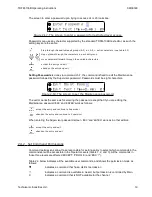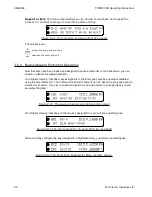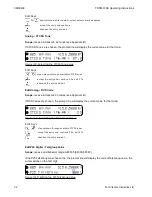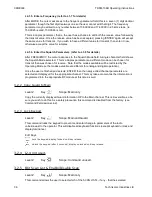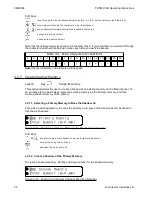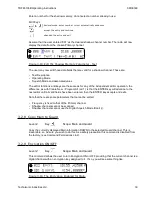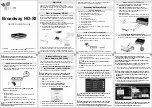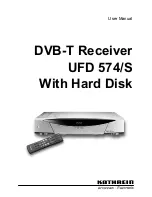
08RE399
TDFM-136B Operating Instructions
You can now select a key via it's SLN to assign a KeyTag to, using the following keys:
move backward/forward through the loaded keys, by SLN
accept the entry and continue
abandon the entry and exit
Create KeyTag for Selected Key.
The next screen allows you to create a KeyTag for the
key selected. The system defaults to naming the KeyTags “Key Tag 01”, through “Key Tag 16”, this
screen allows you to change these names to suit your needs.
The KeyTag is 10 characters and is limited to: Upper & lower case alphabetic, the digits 0-9, a
space, and {! “ # $ % & ' ( ) * + , - . /} not including the brace brackets.
The screen to edit the KeyTags looks like this:
Figure 2-
26
. The screen to edit the KeyTag.
The keys for the KeyTag text editor operate as follows:
Step through the available edit groups (A-Z, a-z, 0-9, + extra characters – see table n.n)
step up/down through the characters in each edit group
move backward/forward through the available characters
accept the entry and continue
abandon the entry and continue
Repeat or Exit.
The final screen allows you to decide to loop back and repeat the process for
another key or to exit the editor entirely:
Figure 2-
27
. The screen to assign another KeyTag or exit.
The edit keys are:
accept the entry and continue
abandon the entry and exit
2.5.3
Assign Key by KeyTag to Memory
Once the keys have been loaded, and they have been given KeyTags, the user may now assign a
key, using KeyTags, to a memory, provided that the memory is in P25 digital mode.
Command L3-2 allows you to assign a key to a memory in the transceiver following this sequence:
1.
Select the memory to assign a Key to.
2.
Assign the key via the KeyTag
3.
Determine decrypt rules (assigned key or any key)
4.
Repeat for other memories if desired.
24
Technisonic Industries Ltd
Edit Key Tag: Key Tag 01
SLN: 00001 (|~{}3,#*) AZ
Edit Key Tag: Key Tag 01
Another Key? #=ok *=exit










